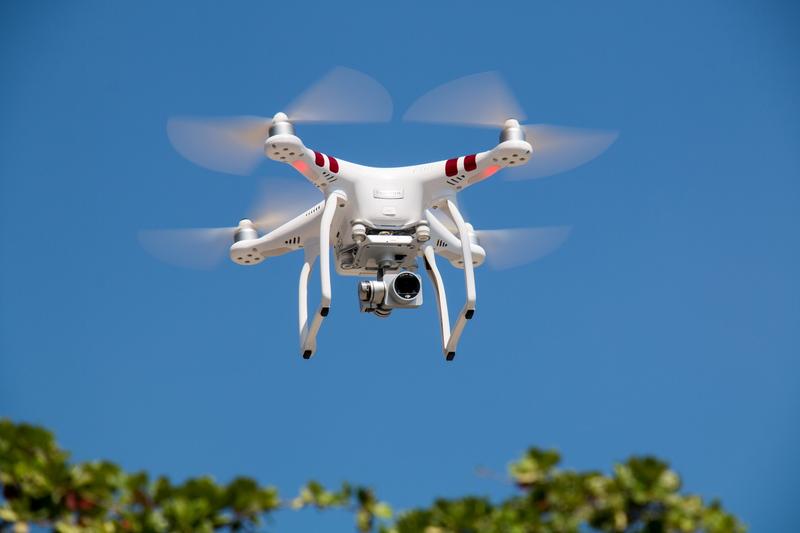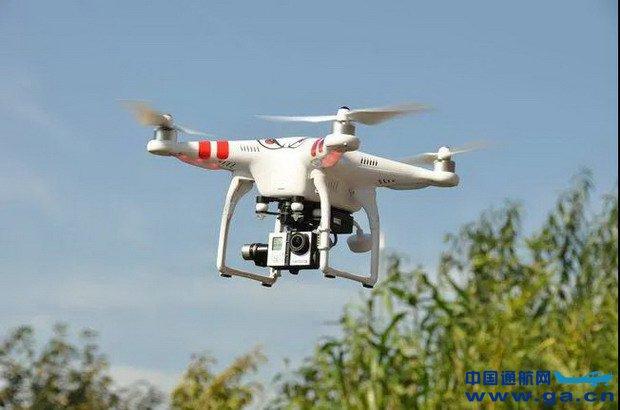Innovative Applications of Drones in Emergency Response
Drones have emerged as transformative tools in emergency management, proving their capability as drones as first responders. Modern technology allows these devices to effectively contribute to various aspects of emergency operations with unprecedented speed and efficiency.
- Immediate Assessment: Drones provide rapid situational awareness in disaster zones. Equipped with high-resolution cameras and sensors, they can quickly survey a large area, identifying hazards and evaluating the scene’s condition.
- Search and Rescue Missions: In scenarios such as earthquakes or landslides, drones can locate individuals trapped under debris. Their capacity to access hard-to-reach areas enhances rescue operations considerably.
- Communication Network Enhancement: When conventional communication systems fail, drones can serve as mobile signal relays, ensuring uninterrupted connectivity for first responders.


Beyond traditional methods, drones are versatile assets due to their ability to deliver supplies swiftly. In urgent medical cases, valuable items like defibrillators or medical kits can be transported in record time, potentially saving lives. Another critical function is thermal imaging, allowing responders to detect heat signs from human bodies when visibility is compromised by darkness or smoke.
Drones act as extensions of human operators, increasing the reach and effectiveness of ground units while minimizing risk and exposure to dangerous environments.
Challenges and Considerations
Despite their advantages, deploying drones as first responders involves overcoming several challenges. Legal regulations around drone usage vary, requiring specific permissions and adherence to aviation laws. Additionally, the technology demands skilled personnel for operation and maintenance, which can be a limiting factor during emergencies. There’s also the ethical consideration of privacy, as drones collect a significant amount of data during operations, which must be managed responsibly.
To address potential obstacles, ongoing investment in training and development is crucial. Integrating drones into emergency services requires comprehensive planning, ensuring that systems are in place for their effective use.
Future Prospects
The future of drones as first responders is promising. Advancements in AI and machine learning could enable autonomous decision-making, enhancing the speed and accuracy of responses. As technology evolves, drones might become integral in preventive measures, such as disaster prediction and preparation, offering even greater benefits to society.
FAQs and Further Insights
- How do drones improve emergency response times?
- Drones can arrive at the scene quickly, providing immediate data that helps responders strategize effectively.
- Are drones reliable in adverse weather conditions?
- While technology is improving, drones can be limited in severe weather, though advancements continue to enhance their resilience.
- Do drones invade privacy during emergencies?
- Privacy concerns exist; however, strict data management protocols aim to protect personal information.